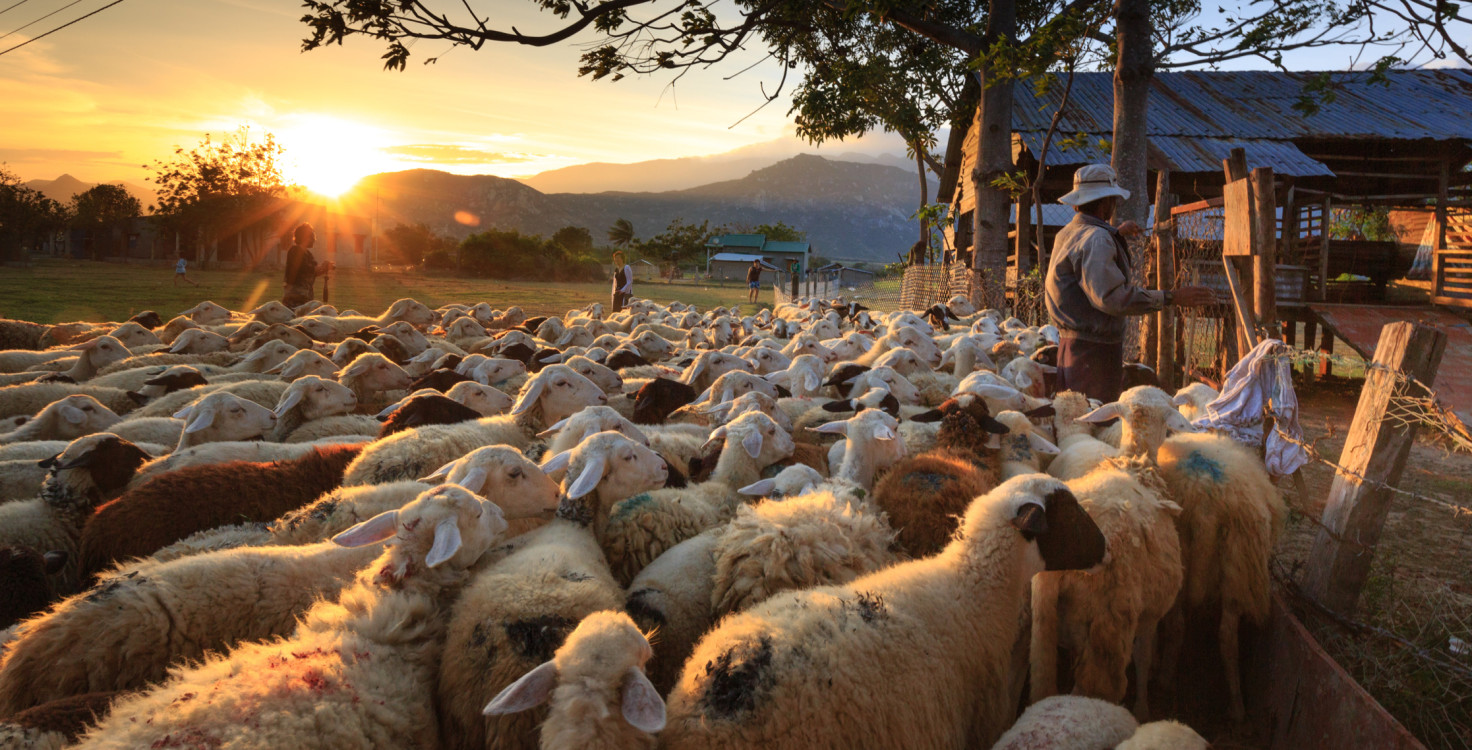Only a third of the companies assessed by the Coller FAIRR Protein Producer Index have policies that explicitly cover the following: freely chosen employment; no child labour; health and safety training; and no discrimination.
In order to address this particular issue, nearly 100 investors, with over $10 trillion AUM, have backed the Workforce Disclosure Initiative, calling for transparency from food companies and others on how they manage workers.
Here we explain occupational safety and health standards in the agriculture industry, and how this issue affects investment decisions.
Occupational safety & health in animal agriculture
Environmental & climate conditions
Workers in different parts of the supply chain face different occupational hazards. Farm workers that handle animals should be properly trained in animal handling to protect animal welfare and ensure workers are not injured by improper handling. They may also face risks from poor management of ammonia, dust and dander on farms, which causes irritation to respiratory passages.
Safety when operating machinery
Workers in meat processing facilities face risks from operating machinery at high speeds. A report found that US meat processing workers are subject to considerable health and safety risks and mistreatment at work.
The risks to investors
Worker safety presents significant operational and reputational risks for the animal protein sector. Breaches in safety standards can result in fines, compensation payments and lost production time.
In the US, where the maximum line speed at poultry plants is 140 birds per minute, a stoppage of just two minutes could cause $1,000 in lost revenue.
The sector is also vulnerable to labour abuse scandals, with several US and European retailers pressured into taking action over the wide presence of slave labour in the shrimp industry.
Recent legislation, including the UK Modern Slavery Act, along with prominent examples of labour breaches in supply chains, are exposing agricultural businesses to heightened risks. This has not gone unnoticed by investors. Many are asking questions in line with rising expectations, particularly as it is now widely accepted that a strong workplace culture leads to increased productivity.










